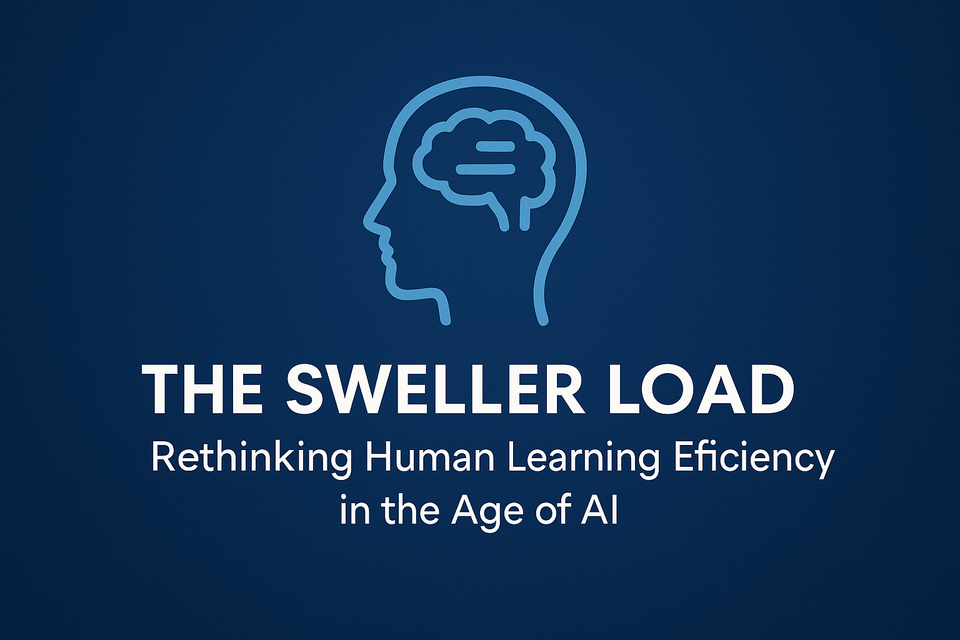
I Took The Long Way Round
A quiet reflection on pain, healing, and companionship. Sometimes the longest roads lead us to the gentlest places—and to people who choose to walk beside us, not ahead.
Perception, ego, healing and practice — what the mind notices, denies and can transform.
Page 2 of 3

A quiet reflection on pain, healing, and companionship. Sometimes the longest roads lead us to the gentlest places—and to people who choose to walk beside us, not ahead.

Abandonment wounds run deep, shaping how we navigate love, trust, and safety. Through understanding trauma, conditions like BPD, and the power of compassionate healing, we can begin to rewrite the painful inner monologue and move toward genuine connection and self-compassion.

A reflection on the tension between humility and hidden power—this piece explores the quiet strength of being underestimated, the dangers of overconfidence, and the subtle warfare of perception in a world that mistakes silence for weakness.

In a world that rewards contradiction and curated personas, those of us who seek coherence between thought, word, and action often find ourselves alone. This reflection explores the tension between autism, honesty, and the quiet refuge of solitude—where truth is not just valued, but necessary for peace.

True integrity isn’t proven when it’s easy to uphold—it’s revealed when betrayal is the faster path to gain. And when someone takes that path, only to turn back once they’ve failed, what they feel isn’t remorse—it’s regret for being caught too soon.

Too many choices can feel like freedom—but often, they become a hidden burden. In a world of endless possibilities, we find ourselves overwhelmed, paralyzed, and longing for direction. This essay explores how the abundance of choice can imprison us, and why true liberation may lie in commitment, not in endless options.

What if thought isn’t confined to the mind, but part of a shared field—an invisible hive of human consciousness? This post explores the idea that our beliefs, emotions, and even silences ripple through a collective mindspace, shaping not only ourselves but the world we co-create.

In this post, we explore the fascinating interplay between chaos and order, showing how the conservation of information, entropy, and the rise of complexity shape both the universe and human consciousness — revealing what I call the Universal Dichotomies.

We live in a world not of certainties, but of probabilities — a world where every choice opens a branching path of possible futures. This post explores how seeing life as a dynamic, statistical landscape reshapes how we understand the present, imagine the future, and navigate the delicate balance between action and surrender in a fragile, unpredictable world.

Cognitive Load Theory changed how we understand learning — but what if we could push it even further? Introducing the “Sweller Load,” a new framework for dynamically optimizing how information is delivered, using AI to match and expand human cognitive bandwidth. This could reshape the future of learning, thinking, and human potential itself.